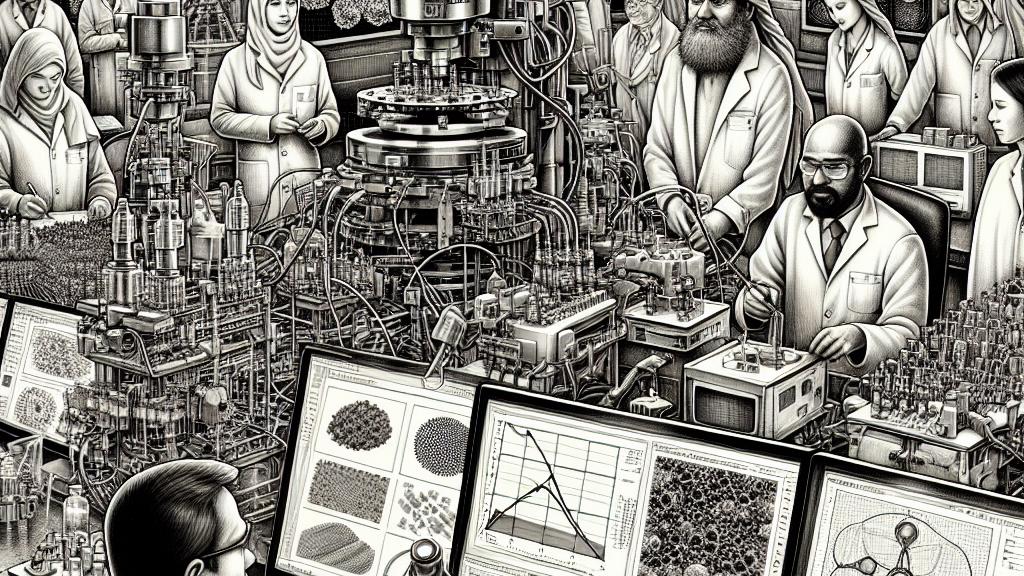Advances in AI Techniques for Nanoscale Materials Research
Overview
- AI is reshaping our understanding of how materials interact on a nanoscale.
- Innovative methods reveal the complexities of defect behaviors in metals exposed to radiation.
- Collaborative approaches among universities and labs enhance accuracy and broaden applications.

The Game-Changing Role of AI in Nanoscale Materials Research
At the cutting edge of modern science, researchers at the University of Virginia are pioneering the use of artificial intelligence (AI) to delve into the fascinating world of nanoscale materials. Imagine examining materials under radiation—to do this, they implement techniques like Transmission Electron Microscopy (TEM), which allows for the visualization of atomic-level characteristics unseen by conventional microscopes. This sophisticated imaging, combined with robust deep learning models such as Convolutional Neural Networks (CNNs), facilitates swift analysis of massive datasets. The synergy created here not only enhances our understanding of how materials behave under extreme conditions but also holds promise for innovations that could revolutionize industries. For instance, improvements in battery technology, the reliability of electronic devices, and the safety of medical equipment can all be traced back to these advanced methodologies.
Uncovering the Intricacies of Nanoscale Defects
The exploration led by Professor Kory Burns unveils compelling insights into defect behaviors in metals like copper and gold when subjected to radiation. Interestingly, the study reveals that various materials react differently, emphasizing the necessity for tailored analytical models. Consider the efforts of the research team, who meticulously compiled a dataset with over 250,000 defect instances through innovative time-series imaging techniques. This comprehensive study not only categorizes these defects but also examines their critical implications on material performance and longevity. By minimizing human error and speeding up analysis through AI, the researchers are transforming raw data into crucial insights that enhance material reliability, paving the way for applications that require materials to endure harsh conditions without succumbing to failure.
Imagining the Future of AI in Material Science
Looking ahead, the infusion of AI into material science is not merely an academic curiosity; it is a powerful catalyst for change across numerous sectors. Picture a future in which everyday products, like advanced batteries and smart electronics, are engineered with the help of AI, resulting in unprecedented performance and efficiency. Moreover, as we integrate AI more deeply into the research process, we will uncover innovative materials with extraordinary properties tailored to specific applications. This enriching combination of AI and traditional research techniques empowers scientists to break through limitations and discover innovative solutions to complex challenges. By embracing AI as a foundational element in the fabric of materials research, we are igniting a revolution that will profoundly reshape our technological landscape and improve the quality of life for countless individuals.

Loading...